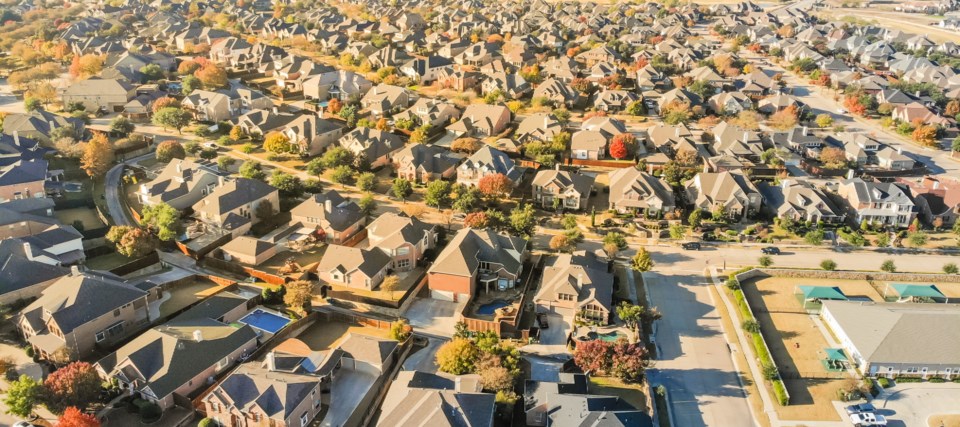At last Monday’s planning meeting, we were introduced to a powerful new tool in the NIMBY box of talking points: Transit. Neighbourhood residents were very concerned indeed that a proposed development just north of Arkell off Victoria will not be adequately served by transit for years, thus stranding many of the people that might move into the development.
This argument is laughable because no one living in this area is themselves an active transit user, and no one moving there intends to use transit either. In Guelph, transit is for other people, but in the midst of another long planning meeting, I needed a good laugh.
Look, there’s nothing funny about this city’s lack of desire to support transit, and there’s nothing funny about the concerns people have about this development, but to say that there’s a bunch of transit-eager people who will dissuaded from buying into this subdivision strains the already strained credulity of most planning meeting arguments, for and against.
The statutory planning meeting is part of the planning process, and I would say a vital one, but these meetings have become so performative over the last few years, whether it’s the area residents who think a change in zoning means the end of the neighbourhood as they know it, or the developers who use all the buzz words to get a council’s attention.
Buzz word #1: “Affordability.” The development’s representative at the planning meeting said that the some 300 planned townhouses for the property were going to be perfect for young professionals trying to “get into the housing market.” What was the definition of “affordable” here? Who knows, but a realtor just sold a near-derelict house in the south end for three quarters of a million dollars, so… shrug emoji.
Buzz word #2: “Supply.” We’ve got to increase the supply! While there can be no doubt that the low number of available houses in Guelph has had an impact on the average price of those houses, there are a lot of developments ready for construction but are still just big empty lots. If supply is a problem in Guelph, who’s fault is it really that there’s not enough supply?
Do you think maybe Guelph’s developers are greedy? This is another moment of humour at every planning meeting as some delegate declares – like they were the first ones to discover this fact – that developers are in the real estate business to make as much money as humanly possible.
Tell me something else I don’t know.
I’ve said it before, but any discussion about housing should begin with an answer to this question: Is housing a human right? If it is, we keep managing housing in exactly the wrong way because if the “fixer upper” opportunities in Guelph are completely unaffordable, what hope is there to find something cheap, let alone clean.
We are well on our way to two standards of housing in Guelph, a market-driven model for the people who are able to play with money, and a model for everyone else filled with basement apartments, garden suites, tiny homes, and converted cargo containers. Make no mistake, we will see the rise of tiny home ghettos in Guelph before the decade is out, and no one will want to live there.
Having said all that, the developer of the 12 Poole St. project played exactly into the hands of the people in the area that don’t want to see it constructed. It’s a massive project on one small piece of a subdivision, a piece that’s been stuck in front of at least two recent iterations of the Ontario Land Tribunal. I don’t believe in curses, but if there was ever a cursed piece of property, it’s this.
Normally, I’m the first to call NIMBY on objections to a development (see the beginning of this article), but I think it’s hard to deny that the neighbourhood is justified in their concern. Laid out in beautiful artistic renderings, this project is fine, but when you look at what the developer wants to put there, and just how big the property really is, the words “10 pounds of crap in a five-pound bag” come to mind.
Here’s the thing, Mayor Cam Guthrie is right in his appraisal that the developer should talk to the neighbourhood, but this should not be a response to a bad plan. Instead, developers should be going to area residents first and saying, “Here’s what we’re thinking.” The direct action may engender some goodwill, and it might be a warning sign if the developer’s going to far.
If nothing else, this approach might shake up a stolid planning meeting process where a developer presents a high-density development, residents react in shock and outrage, council talks about how their hands are tied by the zoning and/or the Official Plan, and no one walks away happy or satisfied. Lather, rinse and repeat.
Isn’t there a better way? I’d hate to see the threat of people not using transit becoming a trend.
